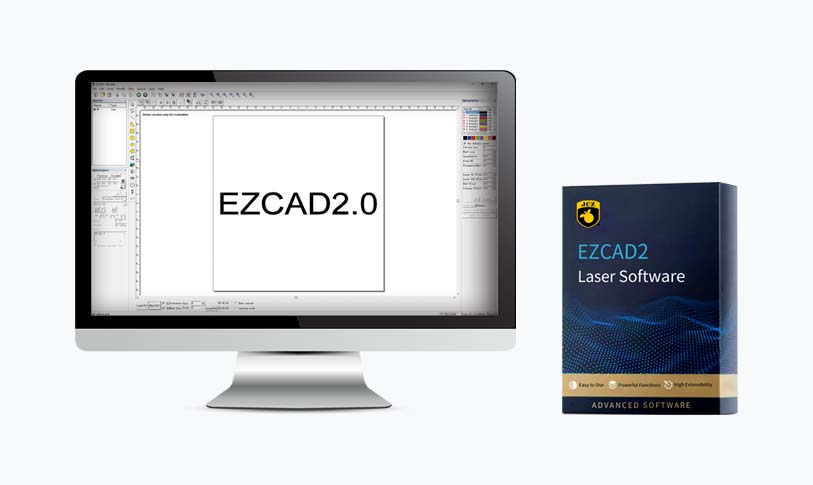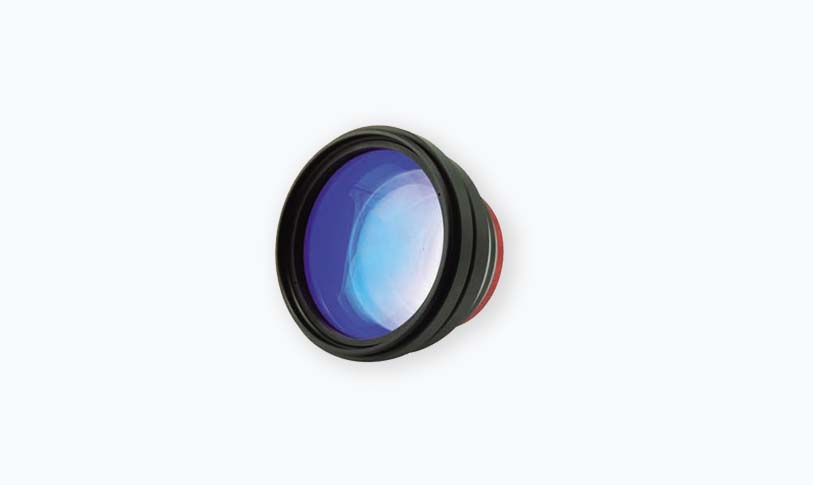[uv laser applications]Innovative Applications of UV Lasers: Transforming Industries Through Precision and Efficiency in Manufacturing, Medical, and Environmental Sectors
Ultraviolet (UV) lasers have rapidly evolved over the last few decades, emerging as pivotal instruments across various industries. Renowned for their precision, efficiency, and environmentally friendly attributes, UV lasers are revolutionizing numerous applications in manufacturing, medical technologies, and environmental monitoring. This article delves into the transformative capabilities of UV lasers, highlighting their diverse applications and the advantages they offer.
Precision in Manufacturing
In the manufacturing sector, UV lasers are gaining traction due to their ability to perform high-precision tasks. Traditional cutting and engraving methods often generate heat, resulting in material distortion or degradation. However, UV lasers operate at much shorter wavelengths—typically in the range of 190 to 400 nanometers—allowing for minimal thermal impact. This feature is crucial in industries where the integrity of materials must be preserved, such as in electronics and plastics.
One prominent application of UV lasers in manufacturing is in the printing industry. They are utilized for high-resolution marking, coding, and engraving on surfaces that require extreme detail and clarity, such as plastic packaging materials and electronic components. This high level of accuracy not only ensures optimal product identification but also enhances brand visibility and differentiation in a competitive market.
Moreover, UV lasers play a pivotal role in the microfabrication of semiconductor components, where precision is critical. These lasers assist in lithography processes, where circuit patterns on silicon wafers are accurately etched. The use of UV lasers minimizes exposure time while maximizing resolution, leading to improved yields and efficiency in semiconductor manufacturing.
Revolutionary Medical Applications
The medical field has also seen significant advancements through the use of UV lasers. One of the most notable applications is in the realm of dermatology. UV lasers are employed in a variety of skin treatments, including tattoo removal, scar reduction, and skin resurfacing. The precision of UV lasers allows practitioners to selectively target affected skin without damaging surrounding tissues, leading to reduced healing times and improved patient outcomes.
Another groundbreaking application is in ophthalmology, where UV lasers are used in procedures such as LASIK eye surgery. The precise ablation capabilities of UV lasers allow for safer, quicker, and more effective treatment options for vision correction. Their ability to ablate corneal tissue with high accuracy minimizes the risk of complications, offering a significant advantage over traditional surgical methods.

Innovative Applications of UV Lasers: Transforming Industries Through Precision and Efficiency in Manufacturing, Medical, and Environmental Sectors
Further applications of UV lasers extend to sterilization processes in the healthcare sector. UV-C laser systems can effectively eliminate bacteria and viruses on surfaces and in air, providing an efficient method of disinfection, especially in hospitals where the risk of infections is heightened. In the wake of global health crises, such as the COVID-19 pandemic, the demand for effective disinfection methods has surged, amplifying the role of UV laser technology in maintaining sterile environments.

Innovative Applications of UV Lasers: Transforming Industries Through Precision and Efficiency in Manufacturing, Medical, and Environmental Sectors
Environmental Monitoring and Sustainability
The environmental sector has also witnessed the integration of UV laser technology, particularly in monitoring pollution and facilitating sustainable practices. UV lasers are instrumental in detecting chemical pollutants in the air and water. They are utilized in spectroscopy techniques to analyze the composition of environmental samples, enabling the identification of harmful substances with high sensitivity and specificity.
Furthermore, UV lasers are applied in the field of solar energy, particularly in the manufacturing of photovoltaic cells. The precision of UV lasers ensures that the delicate processes involved in creating efficient solar panels are carried out with minimal material waste. As the demand for renewable energy sources grows, the role of UV lasers in enhancing the efficiency of solar technologies is becoming increasingly vital.
Conclusion

Innovative Applications of UV Lasers: Transforming Industries Through Precision and Efficiency in Manufacturing, Medical, and Environmental Sectors
The versatility and precision of UV lasers make them indispensable in a multitude of applications across diverse industries. From revolutionizing manufacturing processes by ensuring high precision and minimal thermal damage to advancing medical treatments with less invasive options, the impact of UV lasers is profound. Additionally, their role in environmental monitoring and sustainability highlights the technology’s potential to contribute positively to global ecological challenges.
As research and development in UV laser technology continue to progress, we can anticipate the emergence of even more innovative applications that will further enhance efficiency, reduce waste, and transform various industrial sectors. The future of UV lasers appears bright, underscoring their crucial role in shaping a more efficient and environmentally friendly technological landscape.galvanometer scanning
